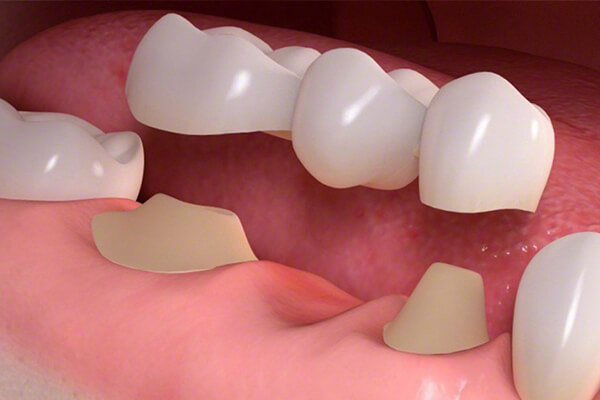
Dental bridges Service
A bridge is a fixed dental restoration which usually replaces one or more missing teeth by joining an artificial tooth adjacent to the other teeth or the dental/ tooth implants done by an orthodontist.A bridge will completely cover the area where teeth are missing. They are attached to the natural teeth or implants that are nearby the missing teeth. The natural teeth or implants which surrounds and supports the bridge are called abutments.
Depending on the type of bridge, natural abutment teeth may be reduced in size to fit over the bridge. An impression will be taken of the abutment tooth or implant and the vacant space in your mouth to provide a mold to create the dental bridge. Using this, the bridge is then created in a dental laboratory. Digital files, which are 3D models, generated from the scans are sent electronically to the laboratory which can use computer-aided design software (CAD) for designing the perfect bridges for your gaps.
TYPES OF BRIDGES
CONVENTIONAL BRIDGES
Conventional bridges are the bridges that are supported by full coverage crowns, three-quarter crowns, post-retained crowns, inlays and inlays on the abutment. In Conventional bridges, the abutment teeth require a preparation and reduction to support the prosthesis.
FIXED- FIXED BRIDGE
The fixed-fixed bridge refers to a pontic which is attached to a retainer at both sides of the vacant space with only one path of insertion.CANTILEVER
The cantilever is a type of bridge where a pontic is only attached to a retainer only at one side.
SPRING CANTILEVER
In Spring Cantilever , the pontic and retainer are remote from each other and connected by a metallic bar. Usually, a missing anterior tooth is replaced and it is supported by a posterior tooth.
The pontic is firmly attached to a retainer at one end of the span i.e. major retainer and attached via a movable joint at the other end i.e. minor retainer. A great advantage of this type of bridge is that the movable joint can accommodate the angulation differences in the abutment teeth in the long axis which enables the path of insertion to be related of the alignment of the abutment teeth.
ADHESIVE BRIDGE
An alternative to the traditional bridge is the adhesive bridge which is also called a Maryland bridge. An adhesive bridge utilizes "wings" on the sides of the pontic which attach it to the abutment tooth. Abutment tooth requires the minor or no preparation. They are most often used when the abutment teethise whole and sound ( which means no crowns or major fillings).
IMPLANTS V/S BRIDGES
When it comes to replacing missing teeth, you’ve got many options. Two popular restorations used to replace your missing teeth are dental implants and dental bridges. The question is which option is perfect for you, with which you should go,
HOW THE BOTH OF THE OPTIONS WORK?
A dental implant is basically an artificial tooth root (generally made from titanium) that is anchored in the place of a missing tooth. A temporary protective cover screw is placed on the implant while it fuses with the jawbone by a process called Osseointegration. This process can take up to six months to be completed, but it creates an incredibly stable, durable prosthetic. After the completing of Osseointegration, the protective cover is replaced by a temporary crown. This serves as a template around which the gum grows and shapes itself in a very natural manner. The process is then completed when the temporary crown is replaced by a permanent crown.
The dental bridges are less invasive in some cases, while in some cases they are more invasive. The way implants do, bridges do not replace a tooth root. Rather, a bridge uses one or more surrounding teeth as a support with which attach a crown that can fill the missing tooth space. The treatment process is not nearly as long as the implant process (which requires Osseointegration though in some ways it is more invasive because it requires the permanent alteration of adjacent teeth to support the bridge. As the name implies, a dental bridge literally (covers) the gap between teeth resulting from the missing tooth. Therefore, the restoration must be anchored to one or more adjacent teeth, which must first be filed down in order to function as a support.
Appointment
Book An Appointment Now!
We at All Brite Dentistry want to give each of our patients the most gentle and highest quality dental care possible. It starts with your very first phone call. Compassion and understanding are a priority.
Our Services
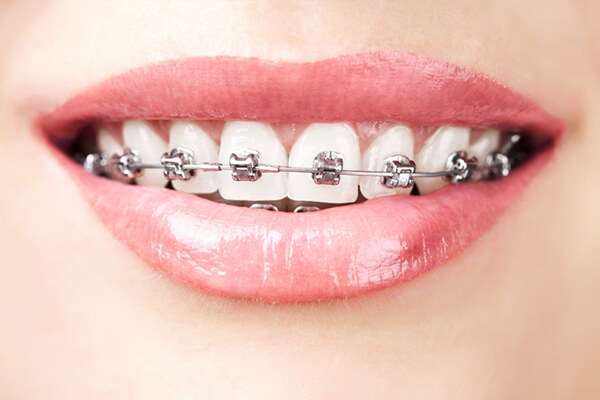
Teeth braces or dental braces
Dental braces are also known as braces, or orthodontic cases are the devices which are used in orthodontics that aligns and straightens your teeth.
Read More
Dental bridges
A bridge is a fixed dental restoration which usually replaces one or more missing teeth by joining an artificial tooth adjacent to the other teeth.
Read More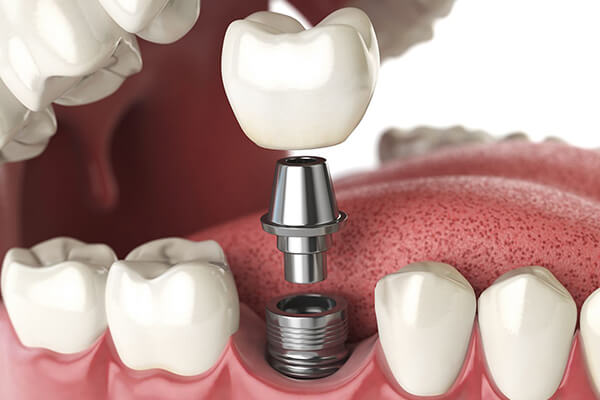
Dental implants and restorations
A dental implants are also known as an Endosseous implant or a fixture is a surgical component that interfaces with the bone of the jaw or skull.
Read More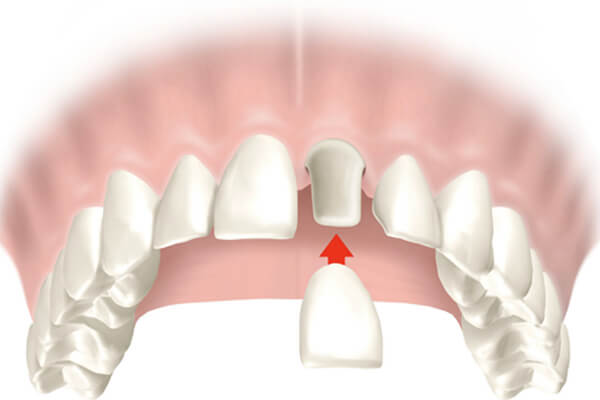
Dental crowns or teeth crowns
A crown, which is also known as a dental cap, is a type of dental restoration which completely caps, covers or encircles a tooth or dental implant.
Read More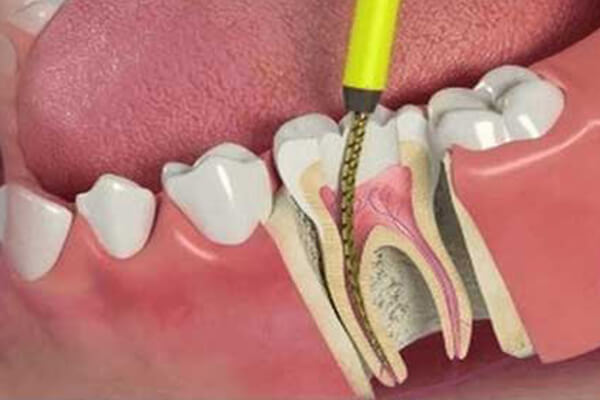
Root canal treatment/procedure
Endodontic therapy, which is also known as endodontic treatment or root canal therapy, is a treatment for the infected pulp of a tooth which results in the cure of infection.
Read More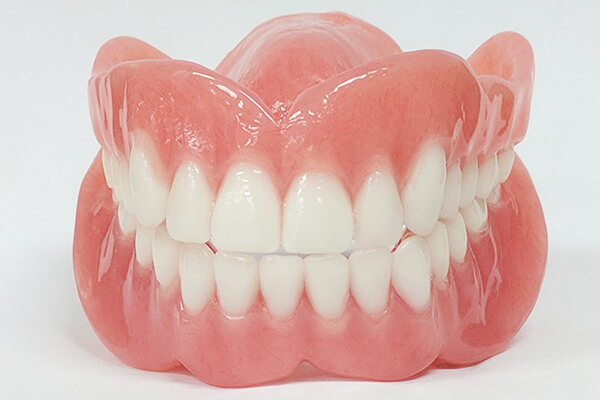
Dentures
Dentures are the artificial teeth worn by the people who don't have their real teeth. Dentures are also called false teeth or dental plate.
Read More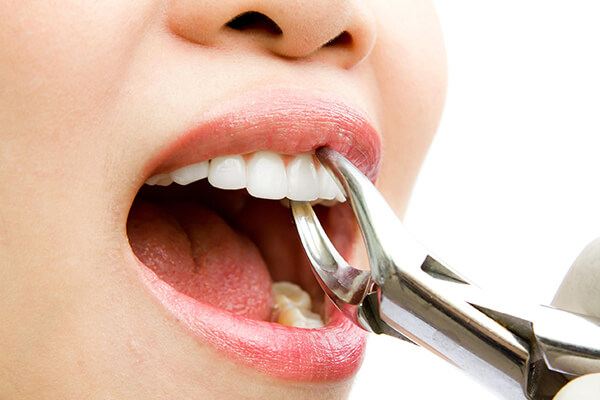
Teeth extractions
Although permanent teeth were meant to last for the lifetime, there are a number of reasons because of which tooth extraction may be needed.
Read More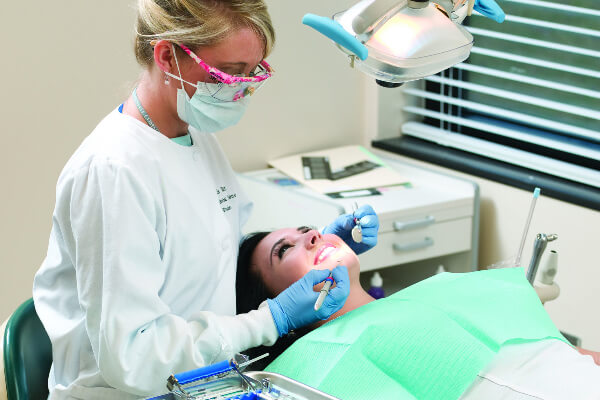
Dental hygiene
Dental Hygienics is one of the leading providers of dental decontamination equipment and products.A dental hygienist is a licensed dental professional.
Read More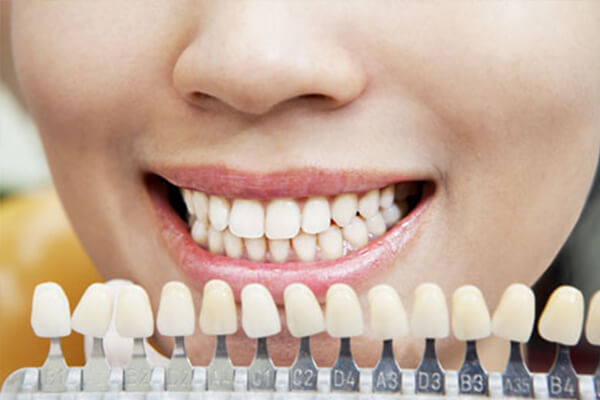
Teeth veneers
Dental veneers are wafer-thin, customized shells of tooth-colored materials designed to cover the front surface of your teeth to improve your appearance.
Read More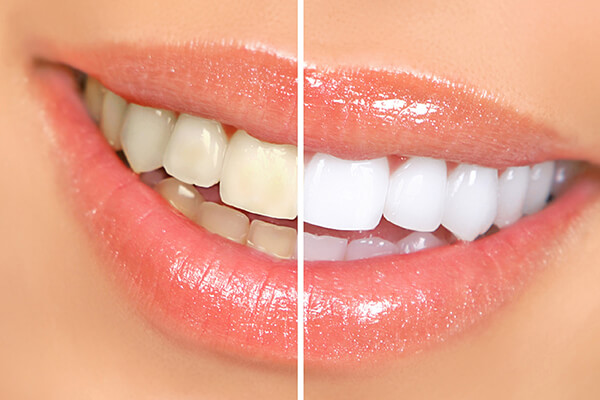
Teeth whitening
Teeth whitening involves the bleaching of your teeth to make them lighter, clean and white. It can't make your teeth brilliantly white, but it can lighten the existing color.
Read More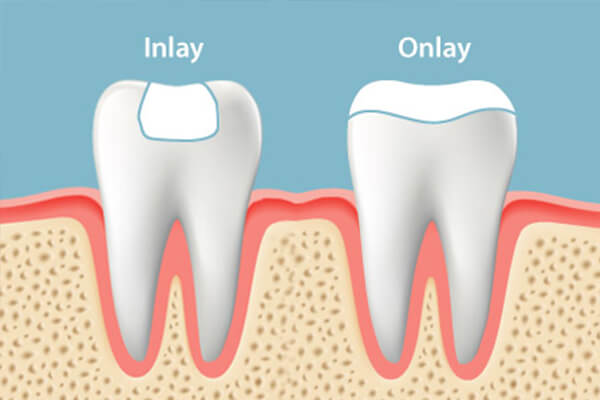
Inlays and onlays
Inlays and Onlays are used when the tooth has experienced too much of damage that it cannot support a basic filling, but not so much damage that a crown is necessary.
Read More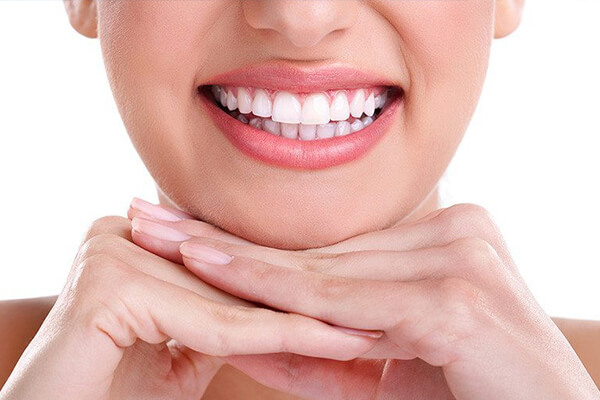
Cosmetic dental fillings
Aesthetic dentistry is a branch of dentistry that involves skills and techniques to improve your alignment, smile’s appearance, shape, color, and size.
Read More
Pediatric dentist
Pediatric dentists are also called kids’ dentists or child dentists. They are basically dedicated to the oral health of children from infancy through their teenage.
Read More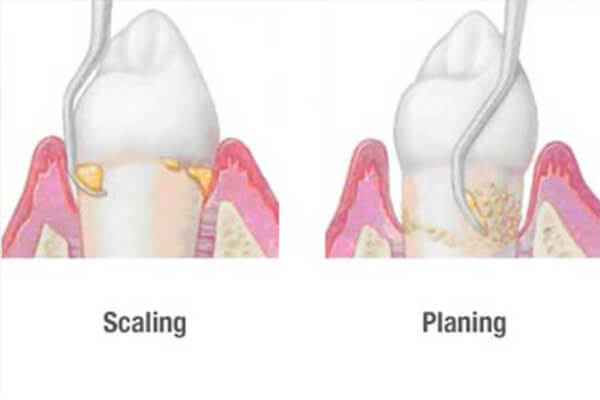
Teeth scaling and root planning
Teeth scaling and root planning is a procedure involving removal of dental plaque and calculus ( tartar ) and then smoothing of the (exposed) surfaces of the roots.
Read More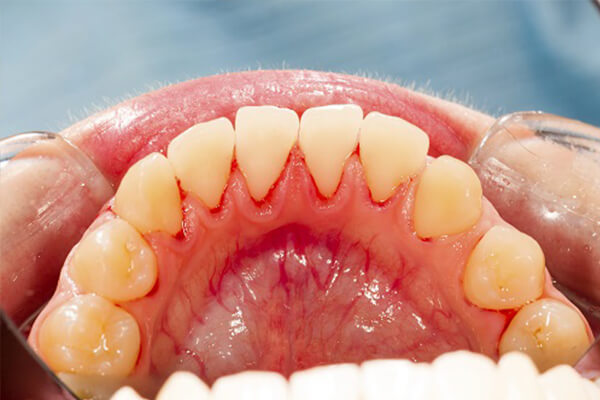
Periodontal gum disease
Periodontology is the specialty of dentistry that studies for the supporting structures of teeth, as well as the diseases and conditions that can affect them.
Read More
Cosmetic dentistry
Cosmetic dentistry refers to any kind of dental work that improves the appearance (not necessarily the functionality) of teeth, gums and/or bite.
Read More
Family dentistry
Consetetur sadipscing elitr, sed diam nonumy eirmod tempor invidunt ut labore et dolor erat, sed diam voluptua, maiores possimus fugiat repellat totam.
Read More
Emergency dentistry
Before searching for an emergency Dentist, It is important to know that what kind of injuries really required an emergency dental care, so you can make sure that teeth are taken care.
Read More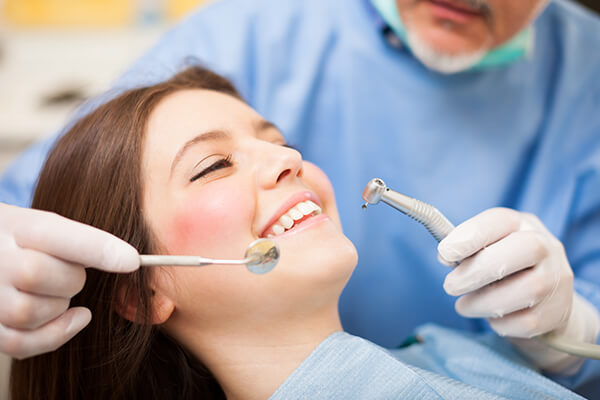
Dental exams and cleanings
Many people feel afraid of teeth cleanings. Between the prodding, strange noises, and the occasional jaw discomfort, it’s easy to understand their apprehension.
Read More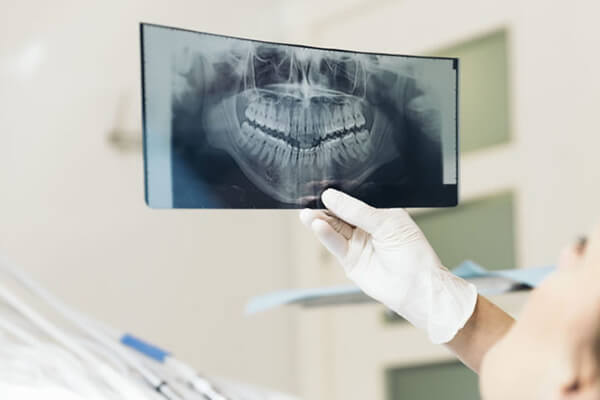
Dental X-Rays
X-rays are also known as radiographs. An x-ray is a type of ray energy that passes through soft tissues and is absorbed by dense tissue. They are diagnostic,also be preventative.
Read More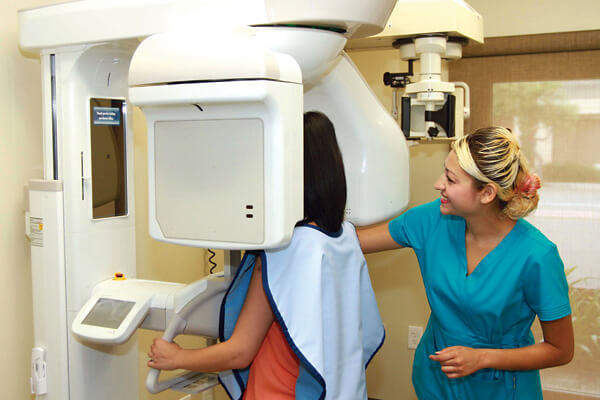
CT scan
CBCT stands for Cone Beam Computed Tomography. It is a technology used to take three dimensional (3-D) images of your teeth, maxillary sinus, nerve pathways, and bone .
Read More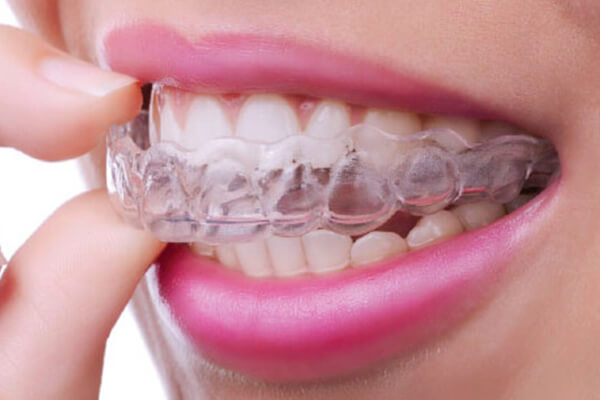
Night guards
A mouth guard is a protective device for your mouth that covers your teeth and your gums to prevent and reduce the injury to your teeth, arches, lips, and your gums.
Read More
Sleep apnea dentist
Sleep apnea is a sleep disorder in which your breathing starts and stops repeatedly. If you snore loudly and feel tired even after having a full night's sleep.
Read More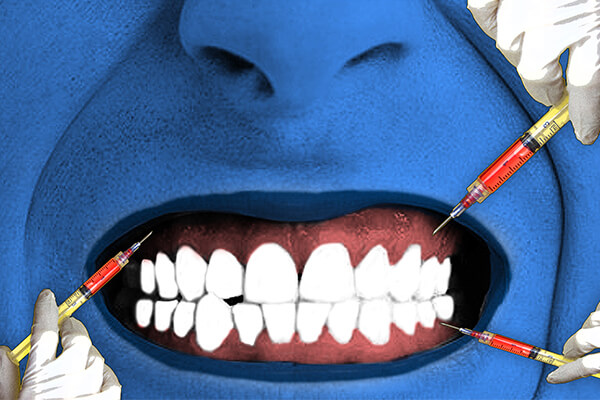
Dental botox theraphy
The active, therapeutic neurotoxin is harvested, separated and purified in a laboratory to make it safe and effective for the treatment.
Read More